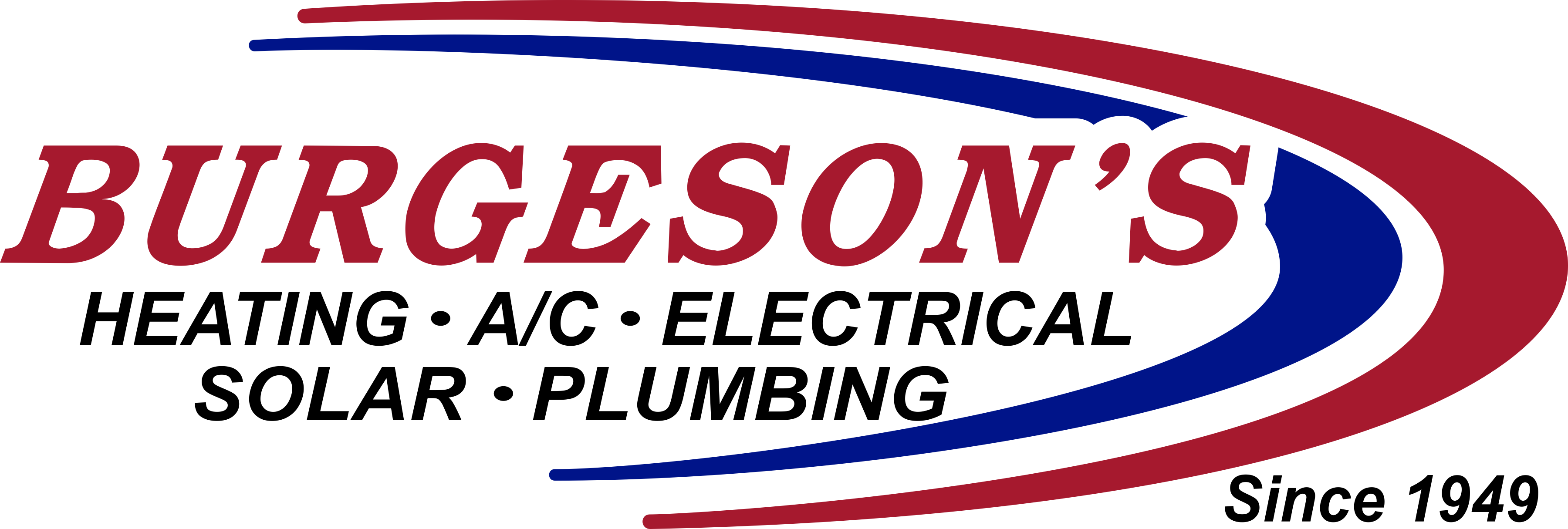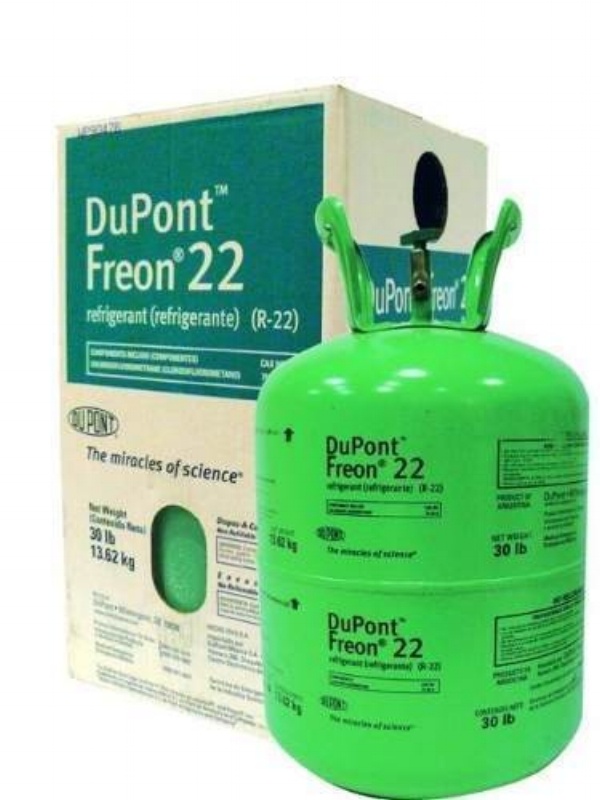If you haven't heard, refrigerant standards have changed, requiring homeowners to take a closer look at their air conditioning units. Although these new government policies force the HVAC industry to adapt, the policies still have a few years to go into full effect. Here's what homeowners need to know to prepare for the change.
Why is R-22 Being Phased Out?
R-22 refrigerant, otherwise known as AC Freon, is known to contain ozone-depleting properties. That is why the United States government has stepped in to require that all heat pumps and air conditioners no longer use this refrigerant. For a long time, it was the industry standard in central air conditioning systems. Now, R-22 is still being manufactured to maintain and repair existing equipment. After January 1, 2020, however, R-22 will no longer be able to be manufactured or imported in the U.S. Because of this, the rarity of R-22 refrigerant has caused a dramatic price increase.
Does Your Unit Use R-22?
Most air conditioning units manufactured before the 2010 cutoff will most likely still use the outdated refrigerant. For homeowners that installed a new system after the 2010 deadline, it is safe to say that they are not using R-22. To make sure, homeowners should read their unit's nameplate (found on the outdoor condenser) or check their system manual. If all else fails, call us to send a certified technician to check.
Homeowner Upgrades
If your system still uses R-22, there are more environmentally-friendly refrigerant options. While this solution is not recommended, it can be a temporary fix. Instead of simply replacing the ozone-depleting refrigerant, contractors recommend upgrading to a newer, higher efficiency air conditioning unit. Every HVAC system purchased after the 2020 deadline, should use the environmentally-friendly R410A refrigerant. Some manufacturers, such as Lennox Industries, are currently using R410A with their systems and have already been doing so for many years.
Other Options
In order to circumvent the R-22 restrictions, manufacturers have developed air conditioning units called "dry charge" systems. These systems are designed to be used with R-22 refrigerant. The difference is that instead of shipping with the refrigerant inside, it is added on-site during installation. Additionally, many homeowners have successfully retrofitted their systems to MO99 refrigerant. Alternative refrigerants are also known in the industry as "drop-ins."
However, the best option, especially for the environmentally conscious, is to upgrade to an air conditioning system that uses the safer R410A refrigerant. For any additional concerns, don't hesitate to call us or schedule a service appointment online. Our NATE-certified Southern California technicians can inspect your air conditioning unit to determine your specific needs.












